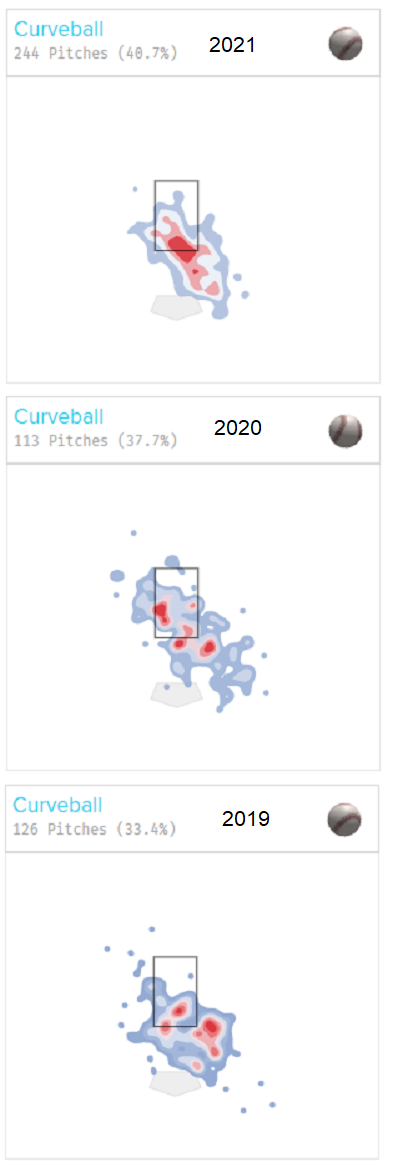The Padres Add Speed, Defense and a Solid Bat Against Lefties in Jake Marisnick
The San Diego Padres made big moves in the offseason in an attempt to chase down the Dodgers. They traded Luis Patiño, Blake Hunt, Cole Wilcox and Francisco Mejía to acquire 2018 AL Cy Young award winner Blake Snell from the Tampa Bay Rays. Less than 24 hours later, they traded Zach Davies, Reginald Preciado, Owen Caissie, Ismael Mena, and Yeison Santana to the Cubs for 2020 NL Cy Young runner-up Yu Darvish and his personal catcher Victor Caratini. They turned Hudson Head, David Bednar, Omar Cruz, Drake Fellows into Joe Musgrove in a three-way trade with the Mets and Pirates. Earlier this week they kicked off trade deadline season trading Tucupita Marcano, Jack Suwinski and Michell Miliano to the Pirates for All-Star second baseman Adam Frazier. That flurry of deals alone has seen the Padres part with their second, seventh, eighth, 13th, 15th, 21st, 26th, 28th and 52nd ranked prospects, and send their 2020 second and third round draft picks to other teams for major-league ready talent.
When laid out like that, it seems less surprising that the Padres were outgunned when it came to the deadline’s blockbusters, like the “super-ultra-mega-juggernaut deal” that sent Max Scherzer and Trea Turner from the Nationals to the Dodgers. But the Padres were not done dealing just because they missed out on the starter they craved. With three minutes before the deadline, they made a smaller move, adding center fielder Jake Marisnick from the Cubs. Anderson Espinoza, a 40+ FV prospect who slots in at No. 29 in the Cubs’ system, is headed back to Chicago. Read the rest of this entry »

